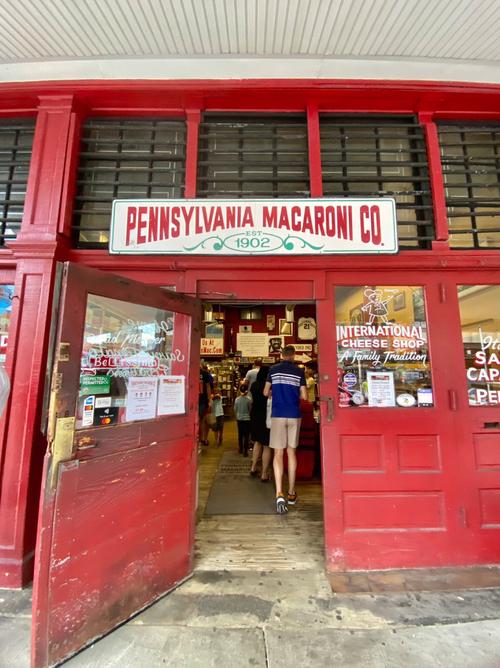
Understanding the Grocery Co-op: A Comprehensive Guide for You
Are you tired of the same old grocery shopping experience? Do you want to support local farmers and communities while enjoying fresh, organic produce? Look no further than a grocery co-op. In this detailed guide, we’ll explore what a grocery co-op is, how it works, and why it might be the perfect solution for your shopping needs.
What is a Grocery Co-op?
A grocery co-op, short for cooperative, is a member-owned and operated business that provides food and other goods to its members. Unlike traditional supermarkets, co-ops prioritize community, sustainability, and social responsibility over profit. By joining a co-op, you become a part of a community that shares your values and goals.

How Does a Grocery Co-op Work?
Joining a grocery co-op is a straightforward process. Here’s a step-by-step guide:
-
Find a local grocery co-op. You can search online or ask friends and family for recommendations.
-
Attend an orientation or meeting to learn more about the co-op and its mission.
-
Sign up as a member. This usually involves paying a membership fee, which can range from a few dollars to several hundred, depending on the co-op.
-
Start shopping! As a member, you’ll have access to the co-op’s products, which may include fresh produce, organic foods, and locally sourced items.
One unique aspect of grocery co-ops is their commitment to member-ownership. This means that members have a say in how the co-op is run, from selecting products to voting on board members. This democratic structure ensures that the co-op remains true to its mission and reflects the needs and values of its members.
Benefits of Joining a Grocery Co-op
There are numerous benefits to joining a grocery co-op, including:
-
Access to fresh, organic, and locally sourced products.
-
Support for local farmers and communities.
-
Competitive prices, often lower than traditional supermarkets.
-
Community involvement and a sense of belonging.
-
Democratized decision-making and a say in how the co-op is run.
Types of Grocery Co-ops
There are several types of grocery co-ops, each with its own unique characteristics:
-
Consumer Co-ops: These are the most common type of grocery co-op, where members shop for their own needs.
-
Worker Co-ops: In a worker co-op, the employees are also members and have a say in the co-op’s operations.
-
Producer Co-ops: These co-ops are owned by farmers and producers, who sell their goods directly to members.
-
Consumer-Producer Co-ops: A combination of consumer and producer co-ops, where both groups are members.
How to Choose the Right Grocery Co-op for You
With so many grocery co-ops out there, how do you choose the right one for you? Consider the following factors:
-
Location: Choose a co-op that is convenient for you to visit.
-
Selection: Look for a co-op that offers the types of products you’re interested in.
-
Community: Consider the co-op’s mission and values to ensure they align with yours.
-
Membership Fees: Compare the membership fees of different co-ops to find one that fits your budget.
Common Challenges of Grocery Co-ops
While grocery co-ops offer many benefits, they also face some challenges:
-
Selection: Some co-ops may have a limited selection of products compared to traditional supermarkets.
-
Hours: Co-ops may have limited hours, which can be a challenge for some members.
-
Membership Requirements: Some co-ops require members to volunteer or work in the store, which may not be suitable for everyone.



